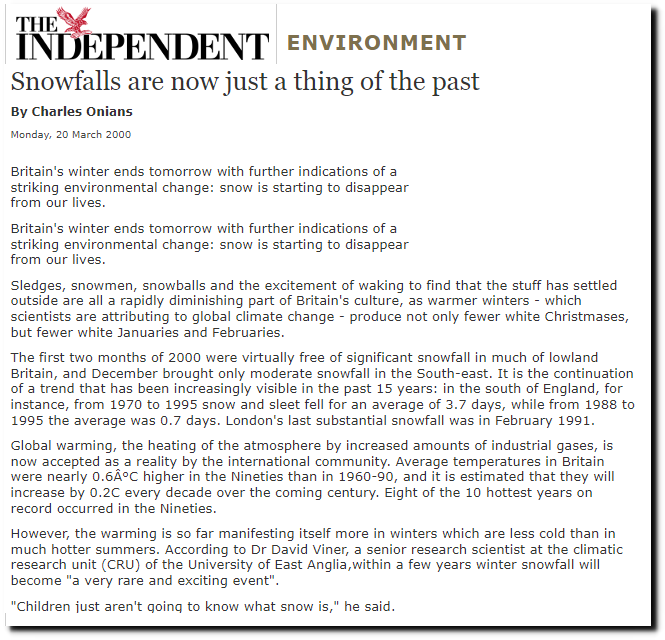
Posted on 08/05/2023 6:57:45 AM PDT by BenLurkin
The lifts at Mammoth Mountain in California will stop spinning Sunday after an incredible season spanning 275 days — the second-longest ski season in the resort's recorded history — and nearly 900 inches of record-breaking snowfall.
Tucked into the Eastern Sierra Mountains, Mammoth is California's highest ski resort at just over 11,000 feet. And though it's not unusual for the mountain to stay open into late spring, a nine-month season stretching into August has only happened two other times in the resort's 70-year history.
"This year on July 4th, almost the entire upper mountain was open. It was basically full go. That's very unusual," Tim LeRoy, co-founder of BluBird Communications and Mammoth Mountain spokesperson, told NPR.
The mountain was scheduled to open on Nov. 11, 2022, but early season snow storms, coupled with colder temperatures for snowmaking, allowed the mountain to open almost a week early on Nov. 5, according to Mammoth's Instagram posts.
However, the season's longevity was made possible due to atmospheric rivers that pummeled California over the winter. These corridors of concentrated moisture vary in size, according to the National Oceanic and Atmospheric Administration. But at over 1,000 miles long and an average of 250 to 375 miles wide, the agency says, the "average atmospheric river carries an amount of water vapor roughly equivalent to the average flow of water at the mouth of the Mississippi River."
And exceptionally strong atmospheric rivers can transport up to 15 times that amount, NOAA says, which condenses and falls to Earth as rain and snow.
Mammoth recorded 116 inches in December, which was higher than average, but nowhere near record setting. But a whopping 220 inches — or over 18 feet — fell in January, the mountain's second-snowiest January on record, according to the resort.
On several occasions the mountain received so much snow in so little time that the resort had to shut down. LeRoy said Mammoth staff spent countless hours digging out lodges and chairlifts, performing avalanche mitigation and more to try and open the mountain for guests.
"The real heroes here are the people who put the time into opening the lifts every day; it was a herculean effort," he said. "When you think of what goes into opening a mountain with that kind of snow, it's hard to wrap your mind around."
On March 30, Mammoth posted that a recent storm had set the resort's record for total snowfall in a season, exceeding 700 inches — over 58 feet. The resort recorded 715 inches at its main lodge at the end of the season, and nearly 900 inches, or 75 feet, at the summit.
The previous snowfall record at the mountain took place in the 2010-11 season, with 668 inches, or over 55 feet. The resort sees an average of 400 inches of snow annually.
What separated this year from past seasons, LeRoy said, is how well the snow held up as spring transitioned to summer. On June 21, Mammoth employee Justin Romano reported that the mountain still had a 70-inch snowpack at the base area. "And we are riding top to bottom. Don't think many other resorts can say that around the country," he said while being pelted with summer snowballs.
LeRoy said Mammoth was planning on closing sometime at the end of July, "but then when we got close to that we realized we could go a little further." On July 20, the mountain announced it would stay open until Aug. 6, making it the second-longest season in the resort's history.
Mammoth's longest season took place nearly 30 years ago, when it was open from Oct. 8, 1994, through Aug. 13, 1995, having received 540 inches of snow over the season.
Though mountain operations are shutting down Sunday, the resort won't stay dormant for long, having already announced a planned opening of Nov. 11.
Gore-bull Worming?
Oh Snow
I feel like we are back in the 70's again.
We have to ski now or it will be too late!
Can’t be, the oceans are literally boiling and New England just experienced a “shelter in place” epic heatwave of 85 degrees!!!
The atmospheric rivers of water vapor are probably due to the underwater volcanic eruption of December 2019 -January 2020. It increased atmospheric water vapor by 10%.
Still plenty in the mountains. We see it plain as day.

From NPR and not one mention of it.
I bet it is not the greatest of skiing. Especially like me when you fall down and get all wet. Better than broiling in the Texas heat. Worst heat wave ever! Or not.
You’re right…. It’s the novelty of skiing in August. And probably best for those not used to it to overexert themselves at 11,000 feet
Skied Mammoth many times…. Face of Five, Dave’s Run… Glad they had a good season. No global warming?!
At
Atmospheric rivers?! Oh no!!!!
I skied at Chamonix next to Mont Blanc in August. Summer skiing is generally not on powder and can be quite slushy.
So hot!
This year on July 4th, almost the entire upper mountain was open.
But but the oceans are boiling per the experts.
/s
Global Warming at its finest.
Agree but silence from the news media that the undersea volcano eruption has had any effect, only point at bad CO2 from man.
This summer, I notice the snow on Mt. Hood (Oregon) is hanging on more than in past few years.
Disclaimer: Opinions posted on Free Republic are those of the individual posters and do not necessarily represent the opinion of Free Republic or its management. All materials posted herein are protected by copyright law and the exemption for fair use of copyrighted works.